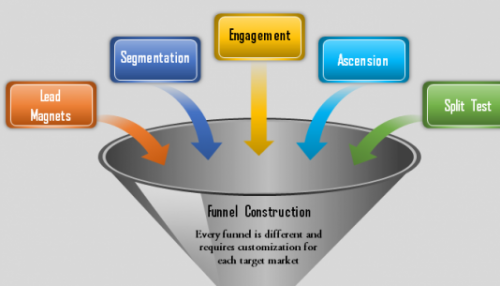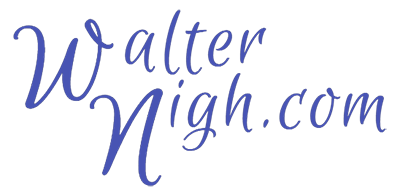
Number 9:
Method 3: Funnels!
 The Funnel, a common everyday household item with a wide top and a narrow outlet, while a wonderfully strange and marvelous kitchen tool, is a great example of what is done in the internet marketing community for creating a progression of sales and a proposed path for a buyer to follow.
The Funnel, a common everyday household item with a wide top and a narrow outlet, while a wonderfully strange and marvelous kitchen tool, is a great example of what is done in the internet marketing community for creating a progression of sales and a proposed path for a buyer to follow.
I am fascinated with funnels! Funnels are one of my favorite things to build for my online business.
Funnels are everywhere and becoming a major influence in our daily lives and the things we buy online.
Where are they? Where can you see funnels in action?
Funnels and funnel strategies are at work at your local bank, your cell phone center, your grocery store, perhaps even at your beauty salon! Discount coupons are “lead-magnets” to entice you into the doors of a business – into their “sales funnel,” where guided sales persons cheerfully introduce you to additional items for sale – to “upgrade, purchase more accessories, or buy add-ons,”
Now the definition of an Online Sales Funnel is this:
“A sales funnel, also called a purchase funnel, is the visual representation of the customer journey, depicting the sales process from awareness to action. The funnel, which is sometimes referred to as a marketing funnel or revenue funnel, illustrates the idea that every sale begins with a large number of potential customers, and ends with a much smaller number of people who actually make a purchase.” (searchsalesforce.com)
Ok, Wow! What a mouthful! But, what a concept! Didn’t know a funny looking kitchen gadget could be so exciting.
Let’s examine how funnels are built. The structure of a funnel is very important. How you lead people through the funnel dictates good success or great success. Most funnels are made up of the following:
A Front-End offer (FE) – generally a low priced item to prospects in the door, or even perhaps a free item.
An Up-sell, known as a One-Time-Offer (OTO) – This can be a larger or more advance version of your Front End product.
There could be multiple different up-sells, depending on the complexity or designed structure of the funnel.
A Down-sell (DS) – Perhaps the prospect does not want to take advantage of your limited offer or Upsell. You then offer them a “down-sell” which would reduce the value of the package being offered in the Up-sell.
A Back End Offer (BE) – this final offer can be the highest value of the entire funnel. Many times marketers will offer 1 on 1 coaching and mentoring for their customers.

The complexity of funnels is enhanced when you begin to “cross-sell” other products you offer and to other funnels the customer may be interested in.
I have fun with funnels and it’s exciting to design a good funnel and see it in operation.
